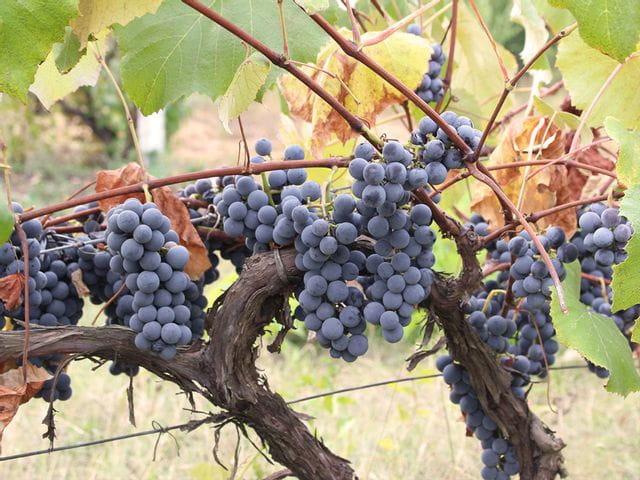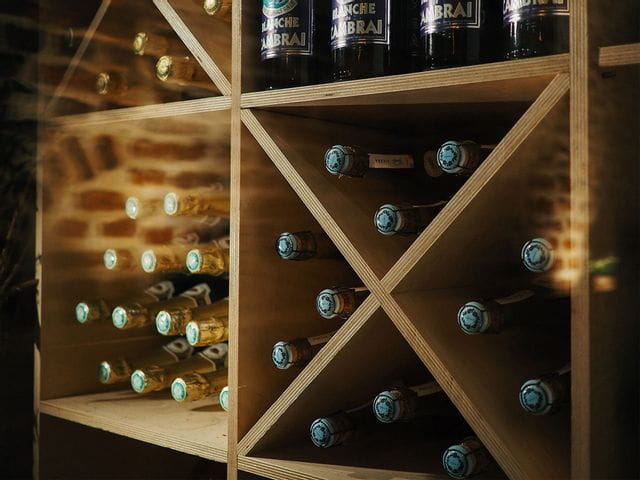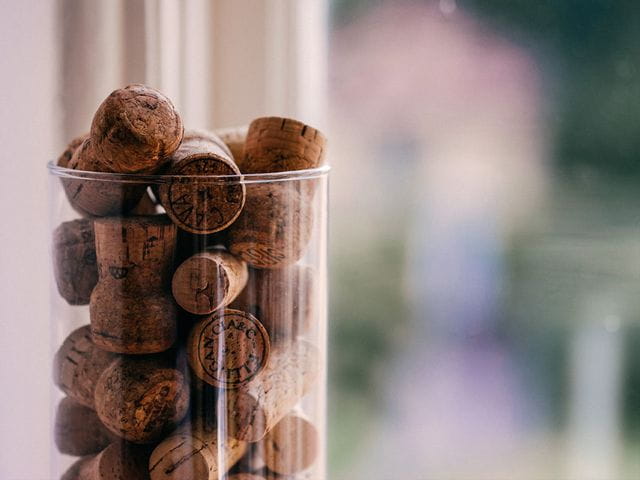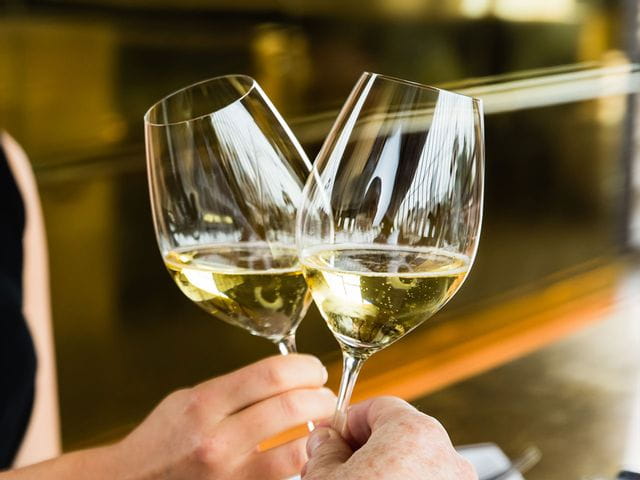Let’s Raise a Glass
Champagne Facts to Impress Your Guests With

It can’t be disputed that the world loves champagne: in 2018, the Comité Champagne confirmed that champagne exports had outnumbered what was sold in France for the first time in about 50 years. As a delicious symbol for celebration, it’s no surprise that champagne remains popular for special occasions. Here are some interesting things you may not know about champagne and how to serve it.

Champagne isn’t a type of grape varietal like Riesling or Shiraz
There’s no such thing as a champagne grape: champagne is made up of three different varieties, blended for their differing but complementary features and strengths. Pinot Noir adds body, structure and complexity; Pinot Meunier adds fruit and floral aromas; and Chardonnay adds freshness, elegance and finesse.
The majority of champagne is made up of a combination of all three, normally two-thirds of the red varieties (Pinot Noir and Pinot Meunier). Champagne made up entirely of Chardonnay is called blanc de blanc, or blanc de noir when made up entirely of the red grapes, though both of these styles are a lot less common.
So, if champagne is mostly made up of red grapes, how come it is colourless? All wines, including still wines, get their colour from skin contact when the grapes are pressed during production. White wine grapes are pressed with no skin contact, as are the majority of champagnes – excluding rosé champagne!

How you make it makes all the difference
There are two critical factors that set champagne apart from sparkling wine.
Firstly, it has to be produced in the region of Champagne, in Northern France. Similar methods can be used to produce sparkling wine in any other part of the world and, while the quality might match up, it cannot claim the term “champagne”. This is why the term “French champagne” is kind of redundant: it’s not technically champagne if it’s not from France!
The second criteria is that the second stage of fermentation must take place in the bottle. Champagne is produced using a process called either méthode Champenoise or méthode traditionelle, which in its first stage is not unlike making still wine: the grapes are pressed without skin contact (unless of course you’re making rosé champagne).
The first stage of fermentation takes place in either a tank or barrel, which is followed by a process called assemblage, where the winemaker blends different grapes from several vineyards, numerous harvests, and even different vintages if they’re looking to add more depth and complexity. Second fermentation takes place after this, when this blend is combined with a mixture of wine, sugar and yeast, bottled and capped, and kept cool to ferment slowly, creating the small delicate bubbles that champagne is known for.

It takes a lot of pressure to make good champagne
This second stage of fermentation is also what causes the intense pressure inside a bottle of champagne. When combined, the sugar and yeast produce alcohol and carbon dioxide, resulting in a pressure measured at around 60-90 pounds per square inch – the same amount in the tires of double-decker buses! This is also why champagne bottles and corks are thicker than those used for wine.
As you can imagine, this pressure creates some real speed when it comes time to open the bottle. Tests held at the University of Reims Champagne-Ardenne in France show that a warmer bottle will erupt quicker; unencumbered corks from bottles cooled around 8-10°C popped out at around 40km/hour. The fastest record clocked in at 64km/hour, and the longest distance travelled by a cork is 54 metres – over half the length of a football field – so while this all sounds like a bit of fun, it’s definitely not something to try in your kitchen at home!
The more finesse used to produce champagne, the finer the bubbles. In a 750ml bottle of champagne, there are around 49 million bubbles, and once poured, a glass of champagne will release around 30 bubbles every second. These alluring bubble threads that dance inside your glass even have a name: they are called collarets.

So now you know all about it, what’s the best way to serve it?
First off: your champagne should be cold, but not too cold. The recommended temperature is between 8-10°C, which is refreshing without impacting the aroma or altering the feel of it when you drink. This is known as the “mouthfeel” and refers to that delicately effervescent tickle on your tongue.
It might seem ceremonious but opening your champagne cork with a loud pop is not the recommended way to do it. As your champagne’s bubbles help to carry and diffuse its wonderful aroma, you want to waste as few as possible before you’ve even poured a glass. Instead, remove the foil, carefully twist open the wire cage and place your hand firmly around it. With your dominant hand holding the bottle and a tight grip on the cage and cork, gently twist the bottle itself until the cork comes free with a subtle and secretive psssssst sound.
And when you’re reaching for a glass, we recommend steering away from the traditional flutes and opting instead for a larger egg-shaped bowl, more like a wine glass. This will allow the wide range of aromatics to develop and unfold. Unlike a flute, a larger glass allows the complex layers to intensify in a way that is not possible within a narrow glass. Check out our suggestions below, each which include a 'sparkling point' to encourage the formation of the bubbles.
Locations